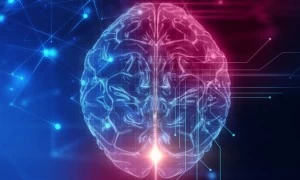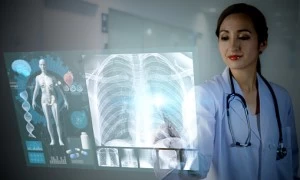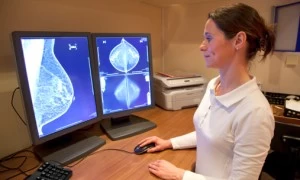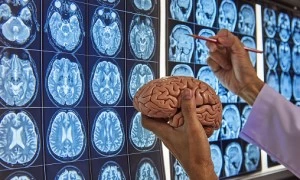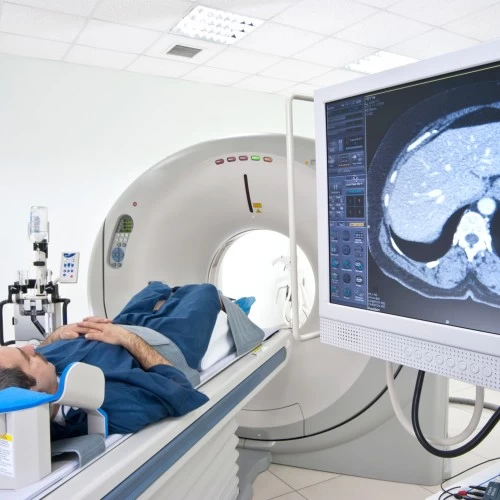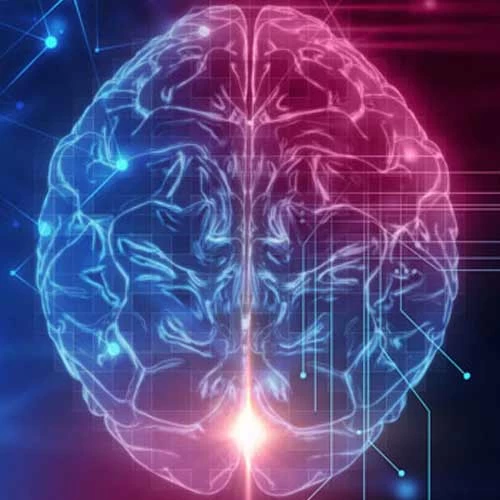Spine Neurointerventional
ProceduresWhat are spinal vascular disorders?
What are the symptoms of spinal vascular disorders?
Symptoms can be caused by the decreased blood supply to the spine and nerves, by pressure from the abnormal vessels, or by rupturing of the vessels resulting in hemorrhage. The lesions can cause reversible or permanent dysfunction, affecting strength or sensation. They also can spontaneously cause immediate life-threatening symptoms or may cause slow deterioration over time.
Neoplastic tumors usually present as low back pain, radiating pain or numbness in the legs, loss of bladder or bowel control, and lower extremity weakness. Spinal aneurysm patients usually experience a spinal cord stroke or hemorrhage. Aneurysms can occur within the arterial supply or venous outflow connections of the spinal cord. Spinal arteriovenous lesions include fistulas (AVF’s) or malformations (AVM’s), and symptoms can include problems walking or numbness in the legs, weakness on one or both sides of the body, sudden, severe back or neck pain, difficulty urinating or moving your bowels, headache, and sensitivity to light.
How are spinal vascular disorders diagnosed?
Vascular disorders of the spinal cord are often quite difficult to diagnose with conventional MRI, and typically require angiography (specialized imaging of the blood vessels). While rare, spinal neurosurgeons have extensive experience in treating this condition. Our team of neurointerventional surgeons works together with neurosurgeons, neurologists, and neuroradiologists to diagnose and manage these disorders.
How are spinal vascular disorders treated?
There may be multiple options available for treatment, depending on the type and location of the lesion. Treatment may involve surgery, endovascular embolization, radiation therapy, or a combination. The type of treatment you have depends largely on the location and size of the arteriovenous malformation (AVM).
Before treating a vascular malformation, a spinal angiogram is performed to provide a roadmap of the blood vessels of the spine. Tumors with prominent blood supply can be treated with tumor embolization, and spinal aneurysms can be treated with aneurysm embolization. If there are few or no symptoms, or if an AVF is in an area of the brain that cannot be easily treated, conservative medical management may be indicated, including stereotactic radiosurgery, in which focused-beam energy is concentrated to damage to the vessels and cause the AVF to clot.






































